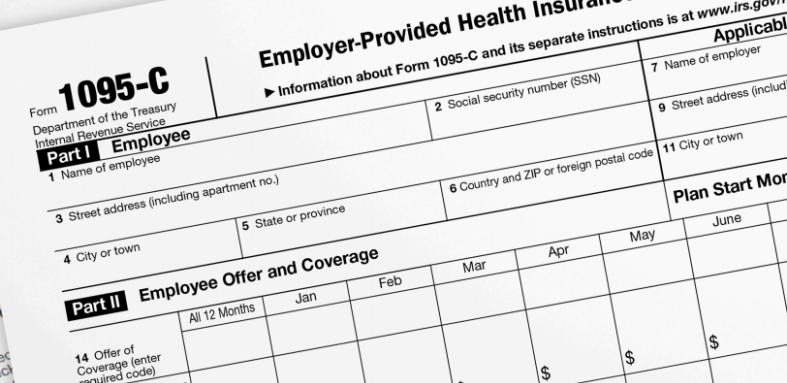
AHCA Does Not Eliminate 1094 and 1095 Reporting Requirements Implemented by ACA
19 May 2017
Copyright 2017 PR Newswire Association LLC, All Rights Reserved, PR Newswire
May 18, 2017 Thursday 10:00 AM EST, Grand Rapids, Mich.
Most Americans are aware that the House of Representatives recently passed the "American Health Care Act" (AHCA). But what does this mean? First of all, the Affordable Care Act (ACA), or Obamacare, is not necessarily going away.
There is a process that the AHCA (and any House-approved bill) must first complete before becoming law. This process includes a review and likely revisions by the Senate. If the Senate passes a bill different from the House version, either the bill goes to Committee to address the differences or the House would have to pass the Senate's bill. Only after these steps could an ACA replacement bill be forwarded to the President for his signature, and then to the Internal Revenue Service (IRS) for proper implementation of the law.
While the AHCA is still very much a work in progress,Greatland Corporation has sorted through the current version of the bill to highlight potential changes for businesses to note for the 2017 tax year.
Most significant to note is the fact that as written, the AHCA does not eliminate the 1094 and 1095 reporting requirements implemented by the ACA. As it currently stands, businesses and issuers will still be required to report employee and individual healthcare coverage to the IRS.
The AHCA immediately eliminates the penalties associated with both the individual and employer mandates originally required by ACA. However, replacing the individual mandate would be a new continuous coverage requirement. Issuers offering plans in the individual market will be required to assess a 30 percent penalty on policyholders who either had a gap in coverage that exceeded 63 days in the prior 12 months or who aged out of their dependent coverage (young adults up to age 26) and did not enroll in coverage during the next open enrollment period. This provision would be effective for coverage obtained during special enrollment periods for plan year 2018 and for all coverage beginning plan year 2019.
The AHCA also modifies the premium tax credit for 2018 and 2019 so that the premium tax credit can be used to purchase qualified health plans sold outside of the Exchange. If minimum essential coverage provided to an individual consists of a qualified health plan not enrolled through an Exchange, a return must be issued that includes: a) a statement that the plan is a qualified health plan; b) the premiums paid with respect to the coverage; c) the months during which the coverage is provided to the individual; and d) the adjusted monthly premium for the applicable second lowest cost silver plan for each month for the individual.
Starting in 2020, the ACA's Exchange subsidies will be replaced with an age-banded tax credit:$2,000/year for anyone under age 30$2,500/year for ages 30-39$3,000/year for ages 40-49$3,500/year for ages 50-59$4,000/year for age 60 and over.
Additional AHCA Updates Include:Delays the "Cadillac Tax" until 2026. ACA's Cadillac Tax was to begin in 2018 and impose a 40% excise tax on high-cost employer-sponsored coverage. Form W-2 may include information that tracks each month an employee is eligible for a group plan.The annual tax-free contribution limit on HSAs can be increased to match the maximum out-of -pocket costs on high-deductible health plans.
The bill's next stop is the Senate, where it will be considered, or even more likely, they may draft their own version of a bill and ultimately vote. While it is certainly possible that the employer and individual mandates will be repealed, there is also the possibility of alternative scenarios where individuals must prove coverage to avoid a penalty or qualify for a credit.
SOURCE Greatland (provided by the IFEBP)
